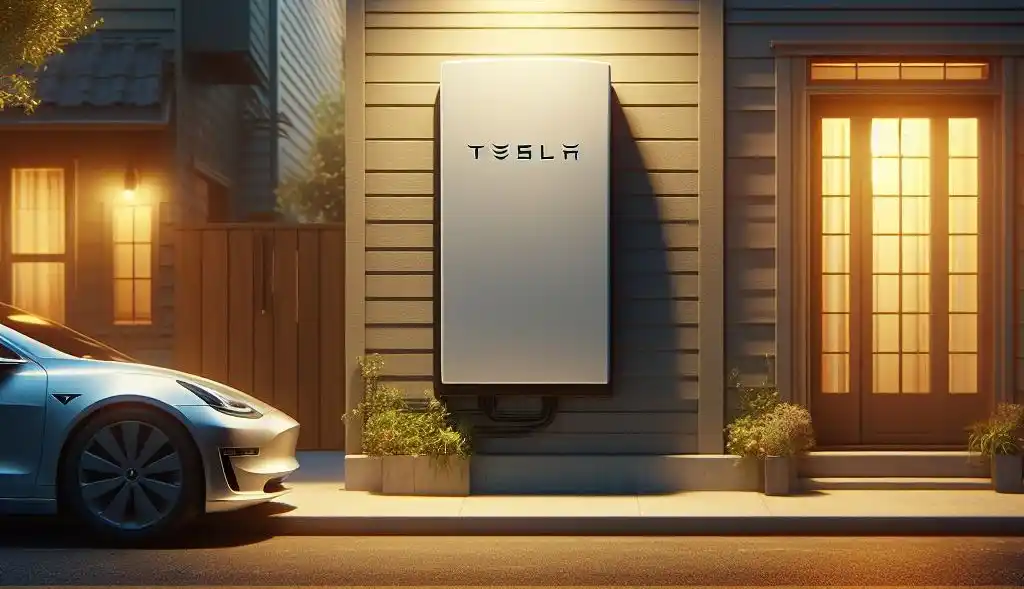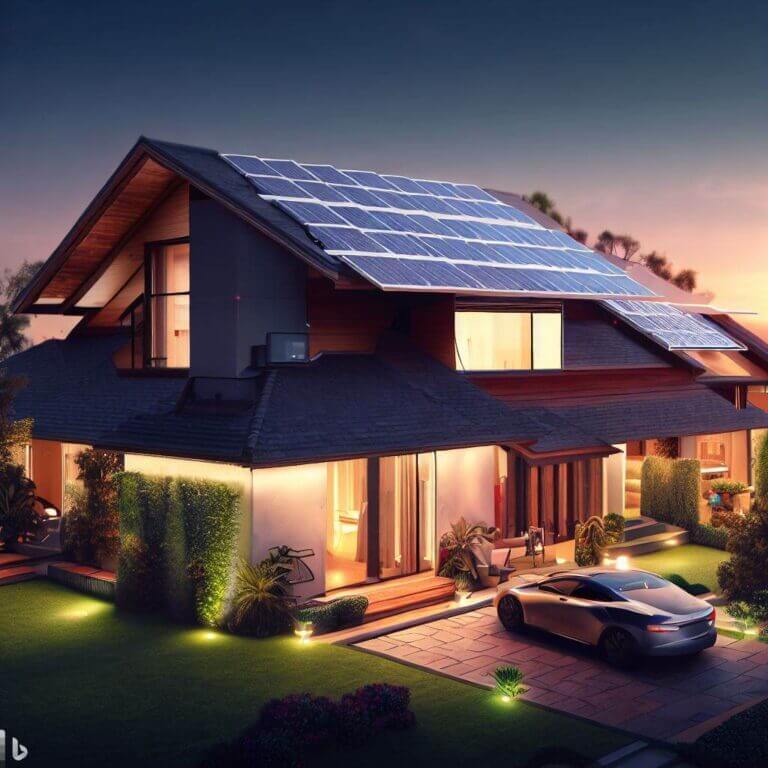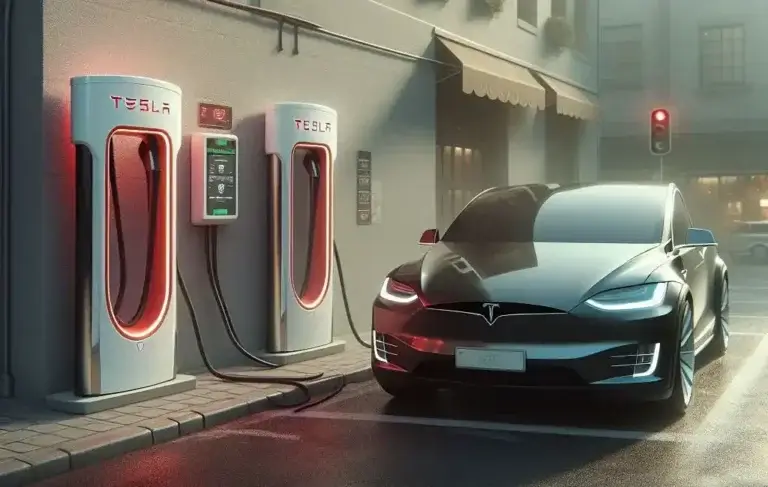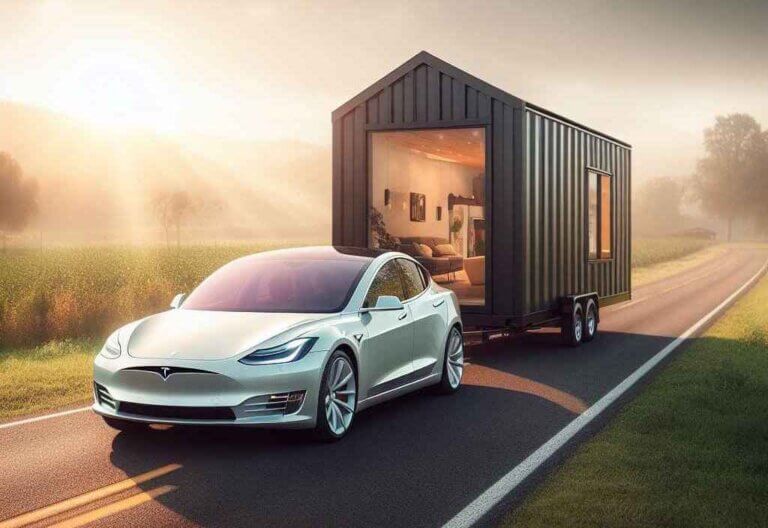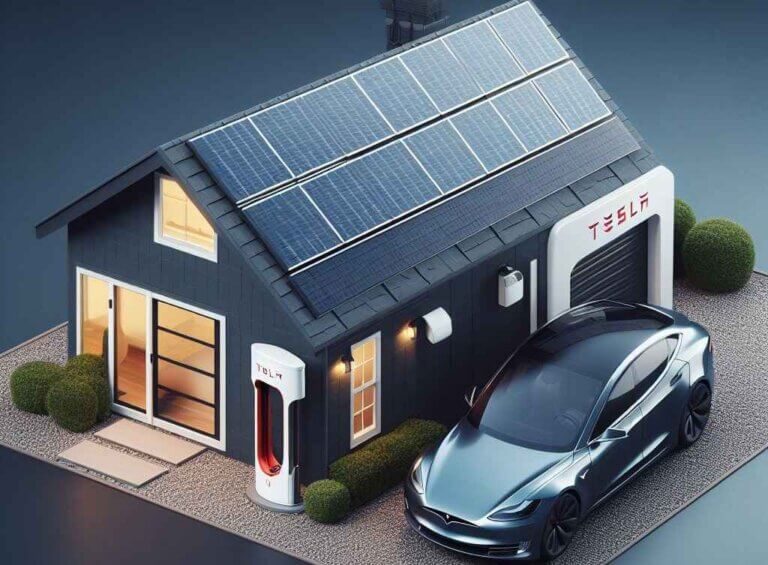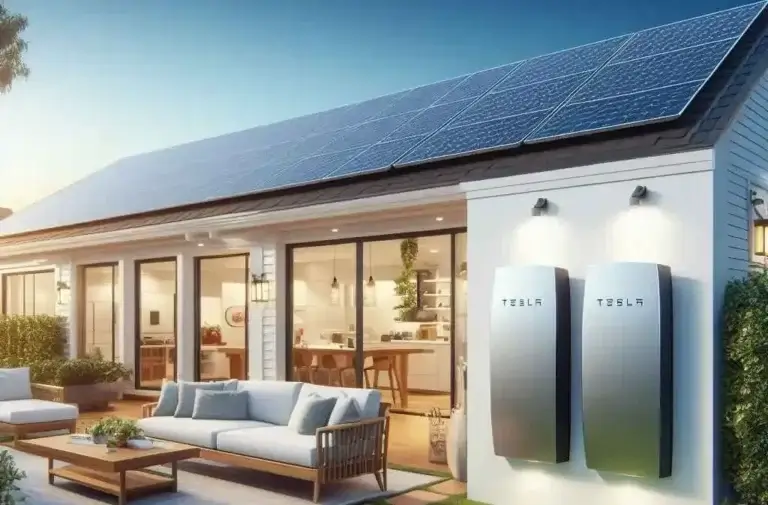Tesla Powerwall 3: Everything You Need To Know About The New Home Battery System
Tesla has officially announced the next generation of its popular home battery system – the Tesla Powerwall 3. As an integrated solar and battery solution, the Powerwall 3 features major upgrades over previous models and is poised to transform home energy storage.
In this definitive guide, we’ll cover everything you need to know about Tesla’s newest Powerwall 3, including:
- Powerwall 3 availability and release date
- Technical specifications and hardware upgrades
- Changes and improvements over Powerwall 2
- Cost per kWh and estimated pricing
- Powerwall 3 installation process
- Ideal Powerwall 3 use cases and applications
- Frequently asked questions
So if you want all the details on Tesla’s brand-new home battery system, read this comprehensive Powerwall 3 guide from start to finish.
Table of Contents
When Will The Tesla Powerwall 3 Be Available?
The big question many homeowners have is when will the Powerwall 3 be available to purchase and install.
According to Tesla, the Powerwall 3 will be available to customers starting in 2024. However, we may see limited pilot installations occur in late 2023.
Tesla has shared that Powerwall 3 production is ramping up rapidly. So we can expect stock and availability of the home battery system to improve significantly next year.
For homeowners interested in installing a Powerwall 3 when it launches, we recommend getting in touch with Tesla or your local certified installer. This will secure your place in line as supply opens up in your area.
Pre-orders are not yet open, but articulating your interest will help ensure you’re at the front of the queue when the new Powerwall becomes orderable.
Powerwall 3: Key Hardware Specs And Upgrades
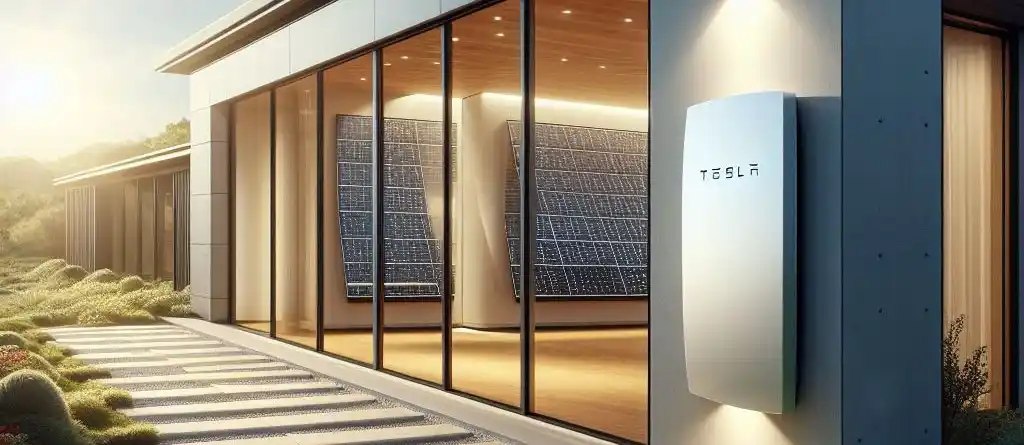
Now, let’s explore the hardware of the Powerwall 3 to understand what technical improvements it brings compared to previous generations:
Integrated Solar Inverter
- The most noteworthy upgrade is an integrated solar inverter within the Powerwall itself
- This allows the Powerwall 3 to directly connect to solar panels without any additional equipment
- Compatible with all major solar inverter standards for alternative solar connectivity
Increased Solar Input Capacity
- Can utilize power from up to six solar arrays simultaneously
- Each solar input features independent Maximum Peak Power Tracking for optimal solar harvesting
- Substantially increases household solar energy capture vs Powerwall 2
Larger Inverter
- 12.6 kW continuous power inverter allows full utilization of battery capacity
- More than 2x larger than the 5 kW inverter included with Powerwall 2
- Provides 11.5 kW of backup power, 9 kW off-grid output
Modular and Scalable
- Designed so multiple Powerwall units can easily link together
- Allows tweaking energy capacity to match household needs by adding Powerwalls
- Requires only a single integrated gateway for any number of connected Powerwalls
Refined Industrial Design
- Sleek new compact look at only 6 inches thick to seamlessly fit on garage walls
- Easy to maintain with a simple snap-open exterior for quick access to components
- Integrated handle and weighting make the unit easier to transport and install
With major hardware improvements across the board, the Powerwall 3 represents a huge technological leap over previous generations.
How Does The Powerwall 3 Compare To The Powerwall 2?
To fully appreciate the Powerwall 3’s upgrades, it’s useful to contrast how it stacks up against Tesla’s previous home battery model:
- Independent Solar Inverter – By far the most significant change is the integrated solar inverter, removing the need for any additional equipment to connect the Powerwall to solar panels.
- Higher Peak Solar Input – 6 solar inputs instead of just 2 allows the Powerwall 3 to take advantage of more on-site solar production.
- Bigger Inverter – The upgraded 12.6 kW inverter offers ample power for utilizing the full battery capacity as well as substantial backup and off-grid outputs.
- Redesigned Enclosures – A refreshed exterior improves aesthetics while making the new Powerwall easier to handle and access internally.
- Firmware Upgrades – Under the hood software enhancements are not detailed but are likely to provide performance optimizations.
- Larger Usable Capacity – While rated capacity remains the same, usability improves from 13.5 kWh on Powerwall 2 to 14 kWh on Powerwall 2 thanks to other system upgrades.
With major hardware and software improvements across the board, the Powerwall 3 is more than just an incremental upgrade over previous versions.
What’s The Tesla Powerwall 3 Price Per kWh And Estimated Cost?

Pricing details on the Powerwall 3 are limited for the moment. We know that historically, Tesla has aimed to achieve ~$100 per kWh cost targets for its home battery solutions.
Extrapolating from the Powerwall 2’s ~$7,500 price for a 13.5 kWh usable capacity, we could expect the Powerwall 3 to retail somewhere around $10,000 to $11,000 per unit.
However, no definitive Powerwall 3 pricing has been shared by Tesla yet. The cost will also vary considerably depending on your location and installer.
We should learn more details as we get closer to the 2024 consumer launch. However, expect the Powerwall 3 to command at least a moderate premium over previous generations given the major hardware additions.
For homeowners weighing Powerwall 2 vs 3, the newer model likely justifies spending extra for most. The integrated solar connectivity alone is a potential $2,000+ value-add that pays long-term ownership dividends.
Still, for more budget-focused buyers, purchasing previous-gen Powerwalls could become an attractive option as inventories clear in 2023. This especially applies if you already have adequate solar infrastructure in place.
What’s The Powerwall 3 Installation Process Like?
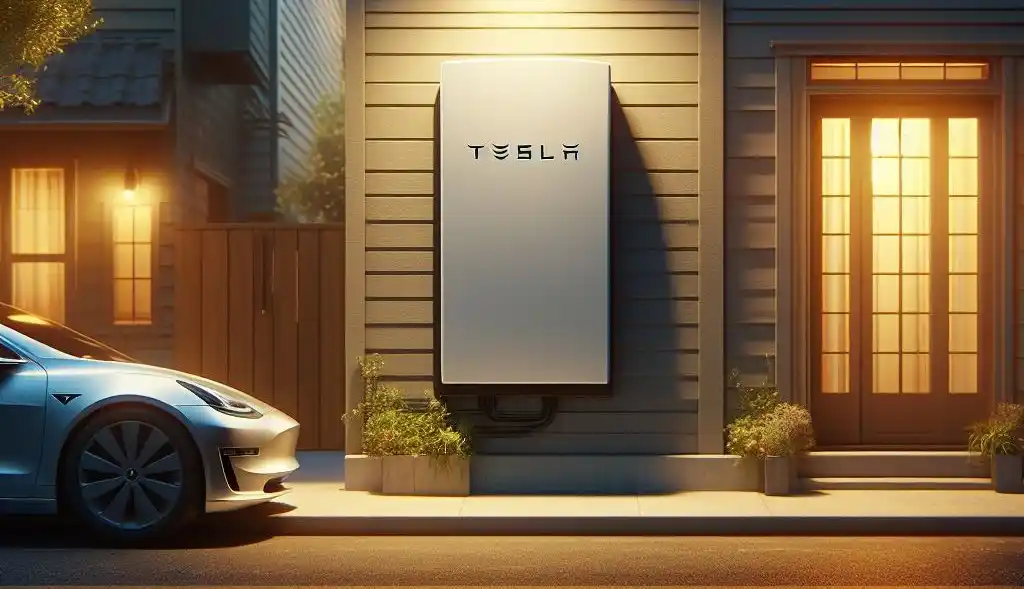
Installing a new home battery system is a major project, so it’s helpful to understand what’s involved with Powerwall 3 implementation:
Step 1: Site Survey
- Certified Powerwall installer visits to survey site
- Confirms suitable mounting location with weight and dimensions
- Plans solar integration, wire runs to home electrical
Step 2: Permits & Approvals
- The installer manages all permitting paperwork
- Secures approvals from utilities and local authorities
Step 3: Powerwall Delivery & Install
- Powerwall unit shipped directly from Tesla
- Full installation scheduled based on delivery date
- Installer mounts hardware, connects to home systems
Step 4: Inspection & Activation
- City/county conducts final inspection of the install
- The powerwall system is remotely activated by the Tesla
- Homeowner education on usage and the Tesla app
Typical Powerwall installation time ranges from 3-5 days depending on system complexity. While manageable as a homeowner, using a certified installer streamlines the entire end-to-end process.
When Does A Powerwall 3 Make Sense For My Home?
Determining the best use cases for adding a Powerwall 3 comes down to analyzing your household’s energy goals and lifestyle:
New Solar System Installations
- For new solar panel deployments, integrated Powerwall 3 installation is a no-brainer
- Enables complete capture of solar production for optimal savings
- Provides home backup, offsets nighttime use for 24/7 solar utilization
Homes With Existing Solar Arrays
- Retrofitting a Powerwall 3 simplifies tying into your existing solar system
- Start storing excess daytime solar energy instead of selling it back to the grid
- Add nighttime and backup capabilities without added solar inverters
Frequent Power Outages
- In blackout-prone regions, the Powerwall provides reliable home backup power
- Runs critical loads like refrigeration, lighting, internet modems, and more
- Scalable battery capacity by linking multiple units for longer resilience
Electric Vehicles
- Integrating EV chargers with the Powerwall lets you leverage stored solar energy to charge your car
- Reduces grid dependence for fueling electric vehicles
- Smart controls prevent Powerwalls from fully draining to keep home backup reserves
Determine how a Powerwall can help make progress towards tour site-specific energy goals. Offsetting expensive peak grid usage and outages while smoothing solar intermittency tends to offer the fastest payback on investment.
Powerwall 3: Frequently Asked Questions
Here are answers to some of the most common Powerwall 3 buyer questions:
Do I need to buy a new Powerwall if I already have a Powerwall 2?
No, existing Powerwall 2 systems remain fully supported and functional
However, upgrading provides substantial perks like solar integration, higher capacity, and resiliency
Can I use the Powerwall 3 with my existing solar system?
Yes, the Powerwall 3 can easily connect to conventional solar inverter systems
This provides simpler integration than previous standalone battery models
How long does the Powerwall 3 installation process take?
Full deployments typically take between 3-5 days
Actual duration depends on system complexity, permits/approvals, and site conditions
Is the Powerwall 3 compatible with Tesla vehicle charging?
Yes, Powerwall energy reserves can fuel at-home Tesla EV charging
Smart power management functionality optimizes for backup capacity and cycling
What warranty comes with the Powerwall 3?
10-year standard warranty
Warranty duration can be extended longer depending on the installer
Can I install the Powerwall 3 myself?
Tesla recommends using one of their certified installers
While advanced DIY-capable homeowners can self-install, permitting/approval complexity tends to make professional installation advisable
How many solar panels work with the Powerwall 3?
Up to 6 strings of solar panels can connect directly to the integrated Powerwall inverter
No practical limit to system size when coupling PW3 with additional external solar inverters
Those are answers to the most common Powerwall 3 questions we’ve seen. Reach out if you have any additional questions!
Tesla Powerwall 3: Conclusion & Next Steps
The Powerwall 3 represents a major leap forward for home energy technology. With a ground-up redesign and tons of upgrades, Tesla’s newest battery system marks a new era for residential solar-plus-storage.
For homeowners with new or existing solar systems, the Powerwall 3 provides the most seamless and highest-performance battery backup solution. By directly integrating solar connectivity and oversized capacity, the Powerwall 3 sets a new bar for on-site energy management.
While availability currently remains limited, production will scale significantly heading into mainstream launch in 2024. Now is an excellent time for interested homeowners to explore Powerwall options so you’re ready to purchase when supply opens up in your area.

